READY TO GET STARTED?
REQUEST A FREE ESTIMATE
Fill out the form below or call (888) 466-7849 for a free, no-obligation estimate.
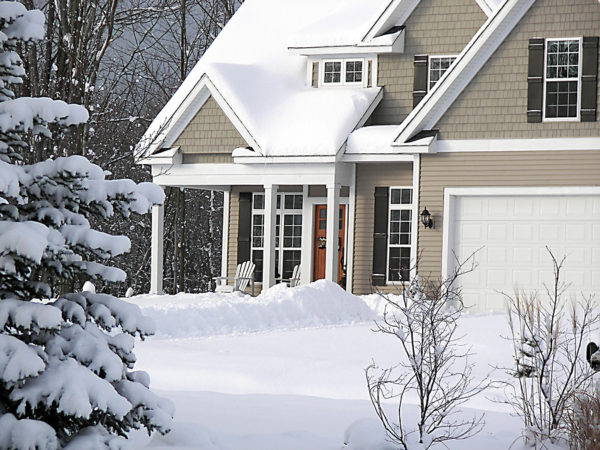
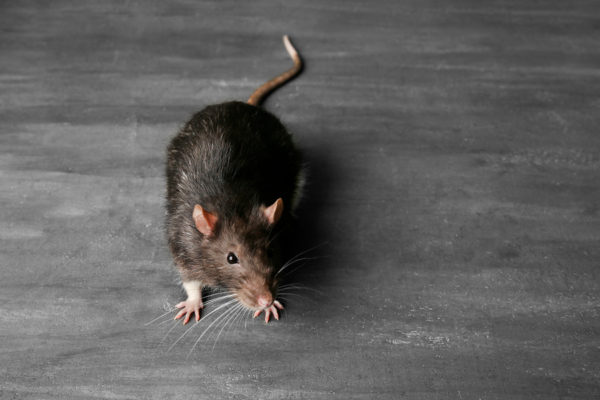
Mice and rats will seek shelter and warmth during the cold winter months. They can fit through very small openings so eliminating entry points is an effective way at preventing them from coming into your home. Eliminating food and water sources is also effective. Replace damaged roof tiles and fill any cracks in the roofing cement. Keep your attics and garages tidy and clutter free. Store your items in plastic containers versus cardboard. Install chimney caps to keep them from nesting inside your chimney. Cover your air vents with wire mesh. Store food in airtight containers and don’t leave any dirty dishes in the sink. Empty your trash regularly and make sure trash can lids are secure. Don’t leave trash bags out in the open. Clean countertops, stoves, and behind the fridge regularly and sweep and vacuum often. Seal holes around pipes using caulk or expanding foam. Keep branches and shrubbery trimmed away from the house and store firewood at least 20 feet from the home. Don’t leave pet food out overnight and seal unused pet food in airtight containers. Replace weatherstripping on windows and doors.
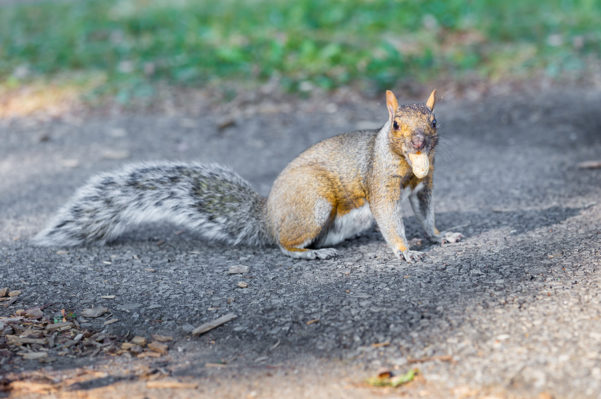
Squirrels like to frequent attics and chimneys to make their nests. Cover chimneys with chimney caps. Keep shrubbery trimmed away from the house and cut down overhanging limbs. Replace rotting wood and seal any entry points including where pipes and utilities come into the home and overhanging eaves.
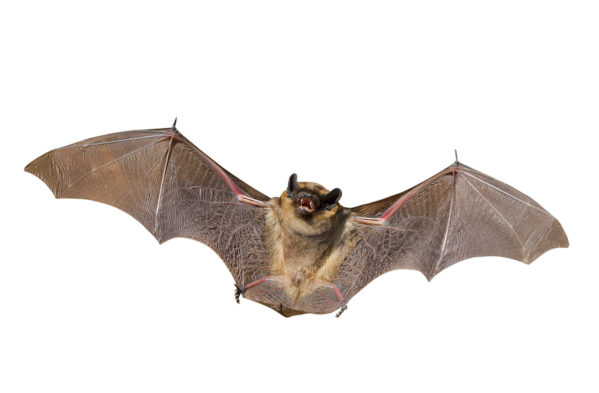
Birds and bats can and will come into your home through any opening in the exterior of the house. Chimneys should be sealed with chimney caps. Inspect the outside of your home for any openings and seal them with steel wool or foam rubber. Keep doors and windows shut as much as possible. Use screens if you must have your windows open and inspect the screens regularly for damage.
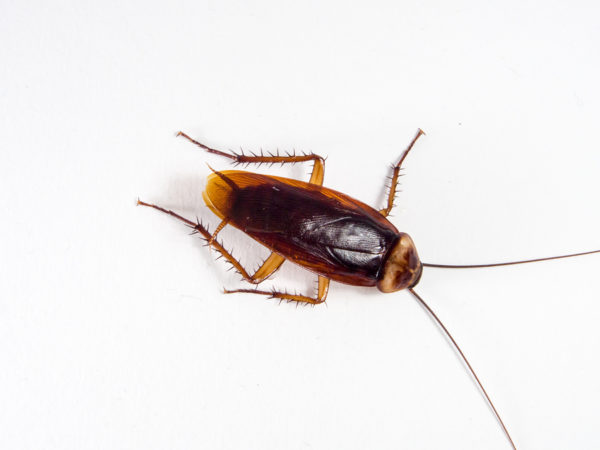
Cockroaches are attracted to moisture and excess water. They will also enter your home in search of food. Check your pipes regularly for leaks and repair quickly. Remove obstructions in pipes to prevent bursting and leaks. Seal around pipe entry points into the home. Clean your gutters. Store items in plastic containers rather than cardboard and keep them off the floor. Store food (including pet food) in airtight containers. Don’t leave dirty dishes in the sink. Wipe down countertops and sweep and vacuum regularly. Clean under sinks, in stoves, and behind appliances regularly. Empty the trash regularly.
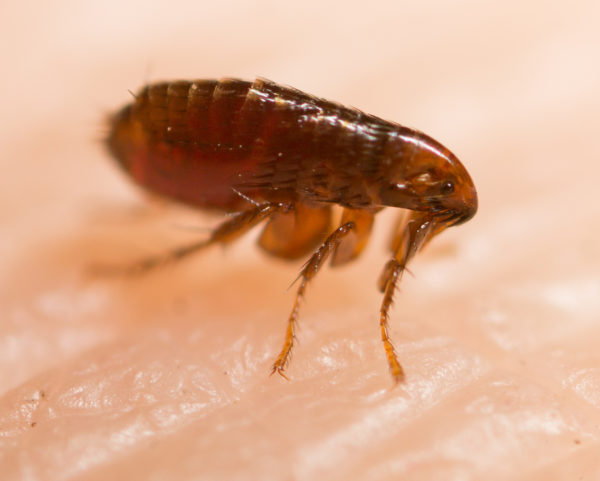
Fleas will hitch a ride into your home on your pets. The first step in preventing fleas is to treat your animals with a flea preventative, whether through medicine or shampoos or both. Check your rugs, carpets, furniture, and pet bedding for signs of fleas. Wash your pet’s bedding and other items in hot water frequently. Vacuum regularly and be sure to empty the vacuum each time you use it. Keep your grass mowed and your shrubs trimmed as this gives fleas less room to hide. Fleas can come into your yard on wild animals so don’t leave pet food out overnight to tempt them to enter your yard. Seal entry points into the house or under porches to prevent them from hiding there, as well.
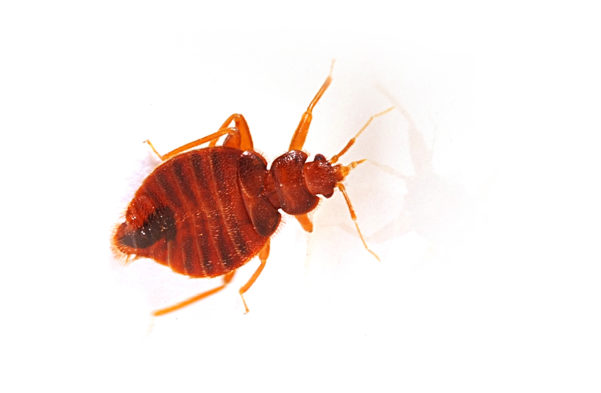
Bed bugs can come into your home in luggage (be vigilant about preventing bed bugs when traveling!) on furniture, bedding, boxes, and even clothing. Check luggage, furniture, bedding, etc. carefully before bringing it into your home. Use a mattress cover that encases the mattress and the box springs. Vacuum frequently. Wash and dry bedding on high heat regularly. Do the same with clothing after traveling.
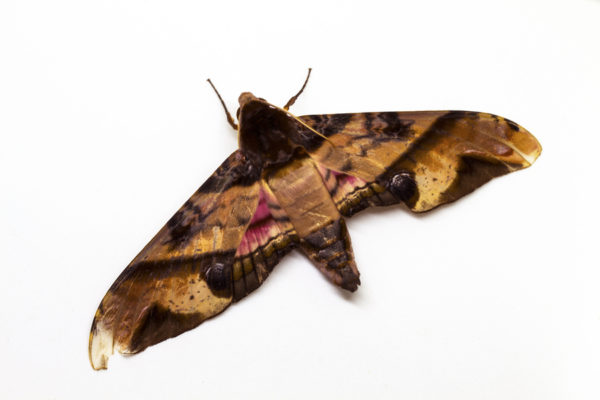
Moths are attracted to wool, fur, and upholstered furniture. Be sure to check your clothes regularly for signs of damage. Wash clothes and store them in sealed bags. Use moth balls. Vacuum and clean the insides of storage areas including wardrobes, closets, and drawers regularly.
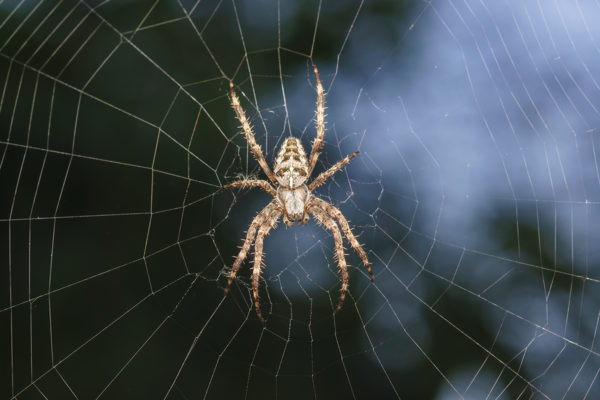
Spiders like to hide in areas of the home that are seldom used. Store seldom used items in sealed plastic containers. Seal cracks and holes in the exterior of your home to keep them from coming inside. Keep your outdoor lights off and use blinds or curtains to block the inside light. Spiders aren’t attracted to the lights but other insects are which the spiders feed on. This eliminates a food source for spiders. Keep shrubbery trimmed away from your home. Keep the grass mowed and remove debris from around your home. Sweep and vacuum regularly. Clear out as much clutter as possible. Vacuum spiders and spider webs.


Mice and rats will seek shelter and warmth during the cold winter months. They can fit through very small openings so eliminating entry points is an effective way at preventing them from coming into your home. Eliminating food and water sources is also effective. Replace damaged roof tiles and fill any cracks in the roofing cement. Keep your attics and garages tidy and clutter free. Store your items in plastic containers versus cardboard. Install chimney caps to keep them from nesting inside your chimney. Cover your air vents with wire mesh. Store food in airtight containers and don’t leave any dirty dishes in the sink. Empty your trash regularly and make sure trash can lids are secure. Don’t leave trash bags out in the open. Clean countertops, stoves, and behind the fridge regularly and sweep and vacuum often. Seal holes around pipes using caulk or expanding foam. Keep branches and shrubbery trimmed away from the house and store firewood at least 20 feet from the home. Don’t leave pet food out overnight and seal unused pet food in airtight containers. Replace weatherstripping on windows and doors.

Squirrels like to frequent attics and chimneys to make their nests. Cover chimneys with chimney caps. Keep shrubbery trimmed away from the house and cut down overhanging limbs. Replace rotting wood and seal any entry points including where pipes and utilities come into the home and overhanging eaves.

Birds and bats can and will come into your home through any opening in the exterior of the house. Chimneys should be sealed with chimney caps. Inspect the outside of your home for any openings and seal them with steel wool or foam rubber. Keep doors and windows shut as much as possible. Use screens if you must have your windows open and inspect the screens regularly for damage.

Cockroaches are attracted to moisture and excess water. They will also enter your home in search of food. Check your pipes regularly for leaks and repair quickly. Remove obstructions in pipes to prevent bursting and leaks. Seal around pipe entry points into the home. Clean your gutters. Store items in plastic containers rather than cardboard and keep them off the floor. Store food (including pet food) in airtight containers. Don’t leave dirty dishes in the sink. Wipe down countertops and sweep and vacuum regularly. Clean under sinks, in stoves, and behind appliances regularly. Empty the trash regularly.

Fleas will hitch a ride into your home on your pets. The first step in preventing fleas is to treat your animals with a flea preventative, whether through medicine or shampoos or both. Check your rugs, carpets, furniture, and pet bedding for signs of fleas. Wash your pet’s bedding and other items in hot water frequently. Vacuum regularly and be sure to empty the vacuum each time you use it. Keep your grass mowed and your shrubs trimmed as this gives fleas less room to hide. Fleas can come into your yard on wild animals so don’t leave pet food out overnight to tempt them to enter your yard. Seal entry points into the house or under porches to prevent them from hiding there, as well.

Bed bugs can come into your home in luggage (be vigilant about preventing bed bugs when traveling!) on furniture, bedding, boxes, and even clothing. Check luggage, furniture, bedding, etc. carefully before bringing it into your home. Use a mattress cover that encases the mattress and the box springs. Vacuum frequently. Wash and dry bedding on high heat regularly. Do the same with clothing after traveling.

Moths are attracted to wool, fur, and upholstered furniture. Be sure to check your clothes regularly for signs of damage. Wash clothes and store them in sealed bags. Use moth balls. Vacuum and clean the insides of storage areas including wardrobes, closets, and drawers regularly.

Spiders like to hide in areas of the home that are seldom used. Store seldom used items in sealed plastic containers. Seal cracks and holes in the exterior of your home to keep them from coming inside. Keep your outdoor lights off and use blinds or curtains to block the inside light. Spiders aren’t attracted to the lights but other insects are which the spiders feed on. This eliminates a food source for spiders. Keep shrubbery trimmed away from your home. Keep the grass mowed and remove debris from around your home. Sweep and vacuum regularly. Clear out as much clutter as possible. Vacuum spiders and spider webs.
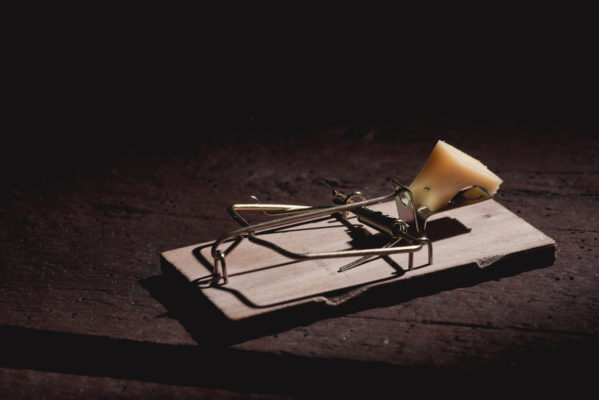
What’s the difference between a mouse and a rat? Identifying the type of rodent you have is the first and most important step in controlling your rodent problem. What works to control mice won’t necessarily work to control rats. Here are the differences between mice and rats along with some tips to prevent and get rid of them.
The most common mouse found in the United States is the house mouse.
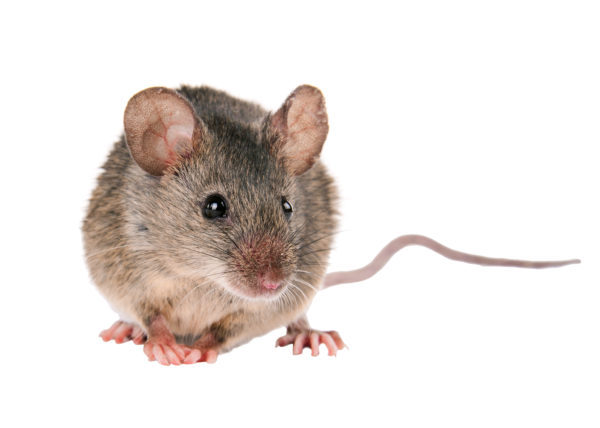
The two most common rats found in the United States are the brown rat (Norway rat) and the black rat (roof rat, ship rat).
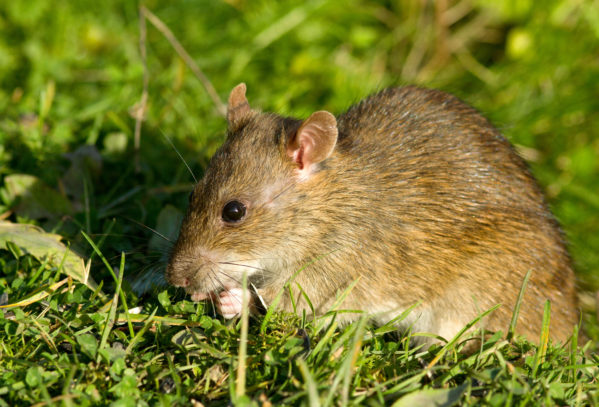
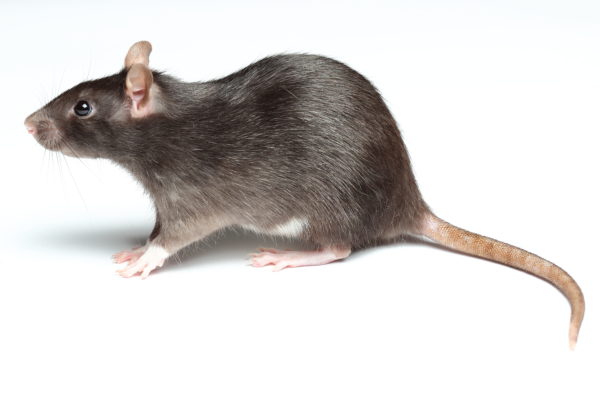
Now that you know the difference between mice and rats, what can you do to get rid of them? Check out these 7 tips for getting rid of both mice and rats:

What’s the difference between a mouse and a rat? Identifying the type of rodent you have is the first and most important step in controlling your rodent problem. What works to control mice won’t necessarily work to control rats. Here are the differences between mice and rats along with some tips to prevent and get rid of them.
The most common mouse found in the United States is the house mouse.

The two most common rats found in the United States are the brown rat (Norway rat) and the black rat (roof rat, ship rat).


Now that you know the difference between mice and rats, what can you do to get rid of them? Check out these 7 tips for getting rid of both mice and rats:
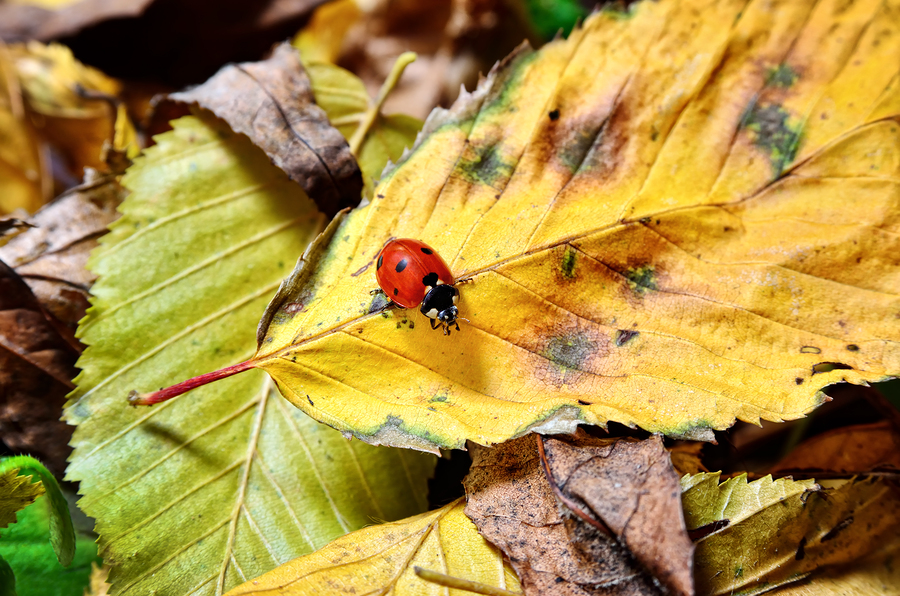
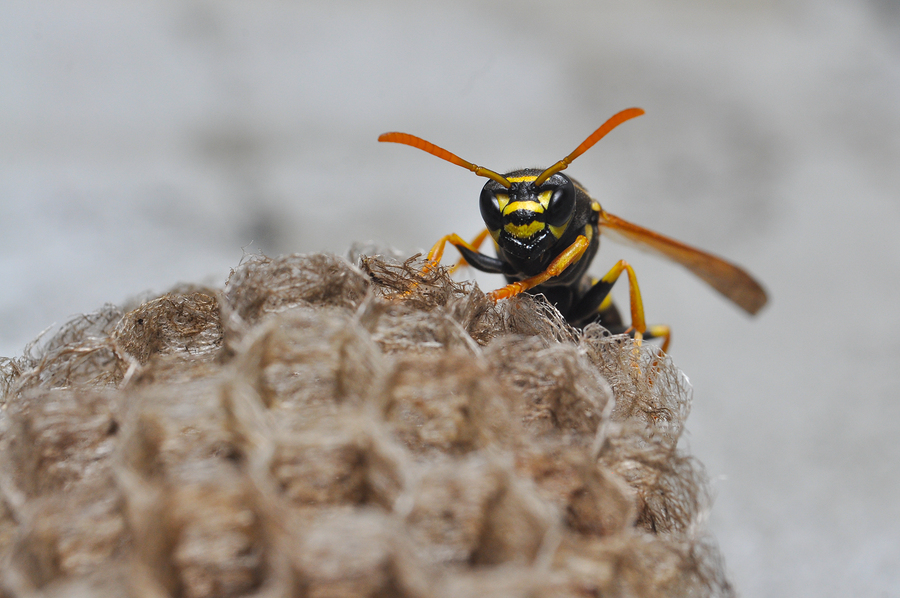
You may be noticing the bees buzzing more than they were a few weeks ago. Why? (Hint: it’s not to ruin your outdoor fun or to sting you) Some species of bees, like honeybees for example, are preparing for winter by collecting nutrients for their colony via late-blooming flowers. Wasps can also be more active (or noticeable) this time of year, when they change up their usual diet of insects for sweeter, more carbohydrate-rich foods. Since bees are beneficial insects, the best way to prevent stings is by avoiding them. If you have an unusual amount of bee activity around your home, contact a wildlife removal company for recommendations.
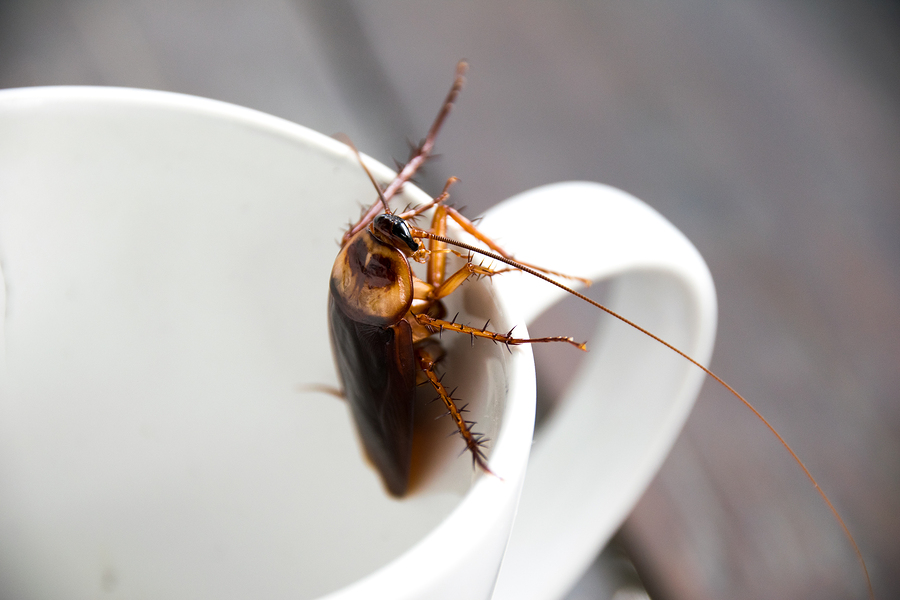
Cockroaches may start moving indoors when the weather gets cooler in search of food, water, and warmth. The best way to prevent an infestation in your home is with proactive roach control: eliminate or reduce food and water sources and get rid of hiding places by de-cluttering and keeping a clean house. Fix any plumbing leaks, store leftover food and dog food in storage containers, take out the trash daily, and seal or correct any gaps, cracks, or crevices that roaches can use to gain access into your home. If you’re seeing several roaches of varying sizes, you may have a roach infestation. Resist the urge to use OTC sprays as these are only on-contact killers and won’t prevent roaches from reproducing. Contact an exterminator for a pest control plan that will include a thorough inspection and quarterly or monthly treatments.
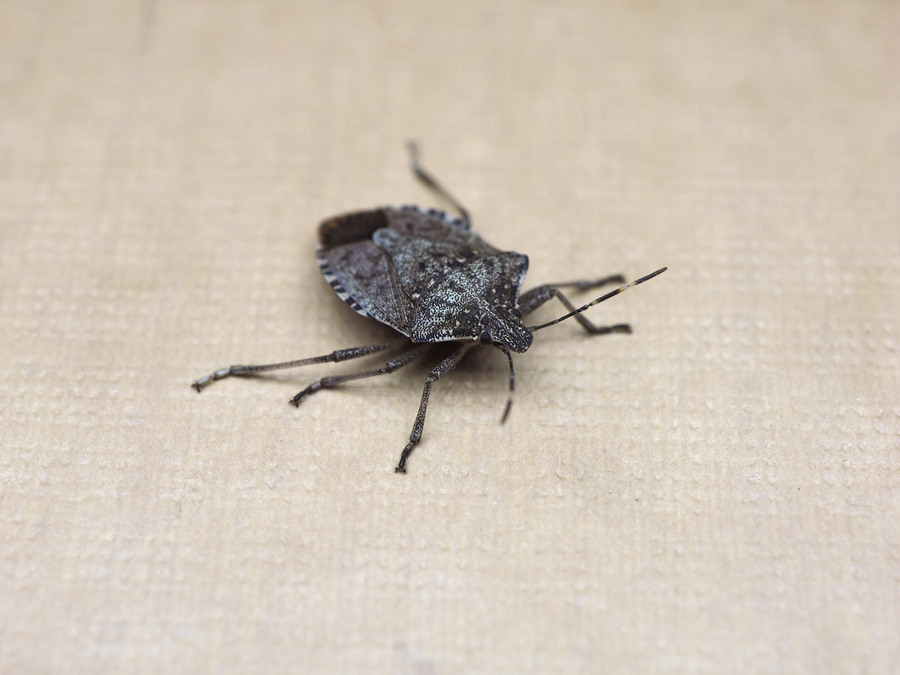
You may notice an influx of varying kinds of beetles in the Fall months as these overwintering pests are preparing for hibernation. Common fall beetles include ladybugs, boxelder bugs, and stink bugs. These types of pests often resist traditional treatments with pesticides so it’s best to vacuum up the ones you see inside your home and take measures around your home to prevent more from coming inside. They’ll gather near the warmest areas of your home, usually on the south and west-facing sides. Especially around these areas, check to be sure there aren’t any openings or gaps around windows and doors and, if there are, correct these issues to keep beetles out.
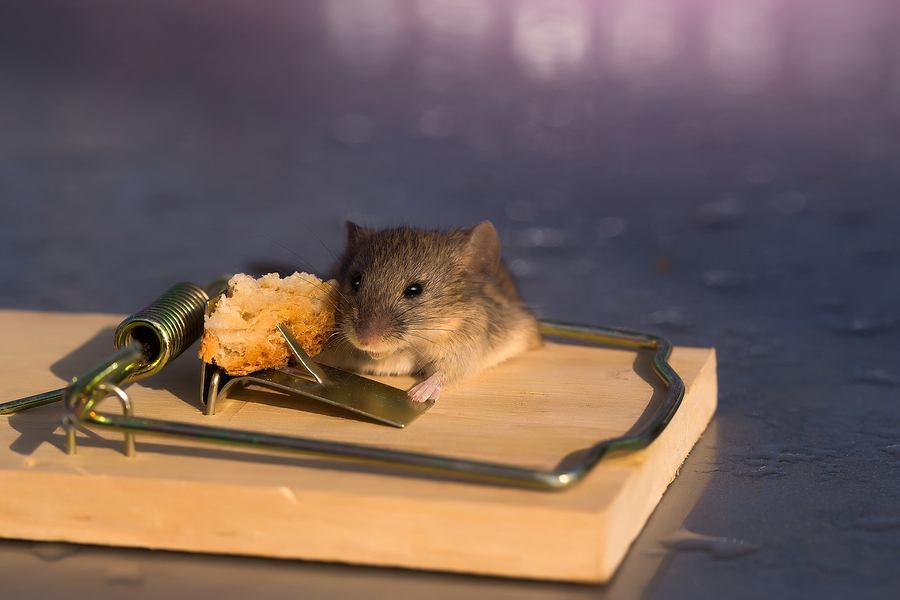
Like other rodents and pests, mice are searching for food and warmth in cooler weather, making your home a welcoming environment. Keep them out by rodent-proofing: seal gaps or openings around your home’s exterior and around plumbing, make sure outdoor vents are covered, repair any holes or tears in window screens or door screens, install weatherstripping around doors, clear out plants, leaves or any other vegetation that may be touching or near your home’s exterior, clean up any yard debris, and de-clutter inside the house. You can also use glue boards in less-traveled areas, like basements and attics, as a proactive approach to mice control.
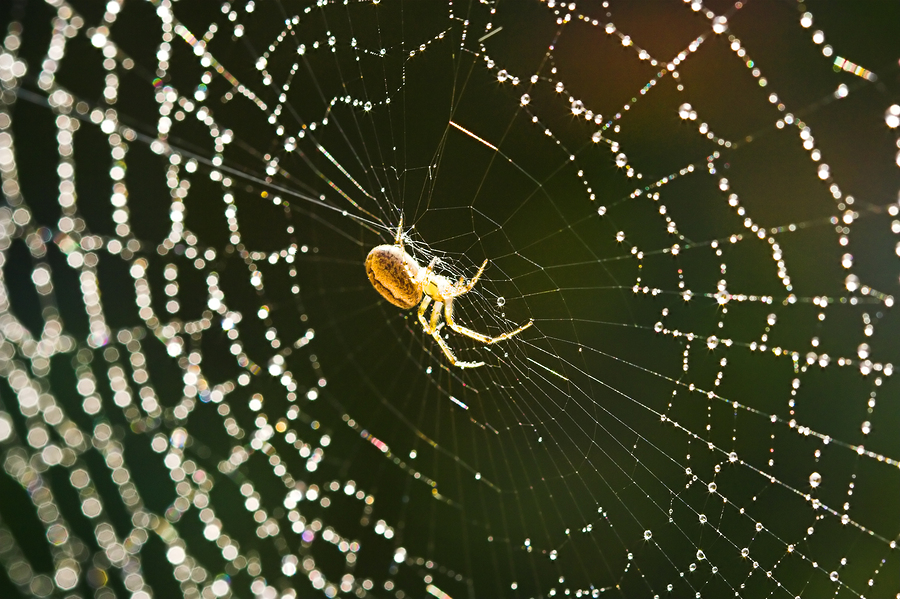
Knocking down cobwebs only to find another one in it’s place the next day? You’re not alone. For some species of garden spiders, like the orb weaver, now is when they are at their largest, making them more noticeable, and females are laying eggs before they die. Since spiders are beneficial insects and can reduce the amount of other pests around your home, try and resist the urge to knock down their webs outside. If you’re seeing spiders in the house, contact an exterminator for pest control recommendations.

As the dog days of summer wind down, parents are preparing to send their kids back to school. While most of the emphasis and preparation of back to school is on the famous 3 Rs (“Reading, Riting, and Rithmetic”), there is another “R” that we should all be aware of: “Removal” – for the removal of head lice.
As kids return to the classroom, the threat of lice looms. In fact, head lice is the second leading cause of absenteeism in elementary school children, following closely behind the common cold. Do you know how to spot head lice? What can you do to treat it once your child has it and how can you prevent them from getting it in the first place? Check out the information below to make sure you and your child are prepared to head back to the classroom!
Head lice (Pediculus humanus capitis) can be found throughout the world. In the US it is most commonly found in school aged children and members of their households. The CDC estimates between 6 and 12 million cases each year in the United States. Lice can infest humans of any age, from infants to the elderly. Make sure to check everyone in the household if you suspect lice.
Head lice cannot fly or jump. They move by crawling. The most common method of spreading head lice is through direct contact with hair of an infested person. This type of head-to-head contact is most common during play at school, sports activities, playgrounds, slumber parties, and camp. Although extremely rare, head lice can be spread by sharing personal belongings such as hats, scarves, and coats, or by using personal items such as hair bows, brushes and combs, towels, or by lying on a pillow or couch that has been used by an infested person. Head lice is not spread by dogs, cats, or other pets. It is uncommon for lice to be spread by inanimate objects such as sports helmets or headphones because their claws are not adapted to grasping the smooth and slippery surfaces found on these items. It is also difficult for them to spread by use of wigs and hairpieces as the hair shafts on these do not have the blood supply they need for survival. Although lice have been shown to survive for several hours underwater, they are unlikely to be spread by swimming in a pool. They have been shown, however, to cling tightly to hair when submerged in water. The chlorine in pool water does not kill lice.
Head lice are found in 3 stages – the egg (or nit), the nymph, and the adult. Nits are eggs laid at the base of a hair shaft. They are very small (about the size of a knot in thread) and very hard to see. They are often yellow or white in color and can be confused for dandruff. They usually take 8-9 days to hatch. The nymph is an immature louse that has recently hatched from a nit. They look like adult lice but are much smaller. They mature into adults in 9-12 days from hatching. Adult lice are about the size of a sesame seed. They have six legs and are tan to grayish-white in color. Nymphs and adult lice must feed on blood to survive. Adults can live up to 30 days with a blood source but will die within 1 to 2 days after falling off a human head.
Lice and nits are almost exclusively found on the scalp, especially around the ears and at the neckline. They can be found in eyelashes and eyebrows but this is very uncommon. Signs and symptoms of head lice include a sensation of something moving in the hair or on the scalp, itching, scratching, irritability, difficulty sleeping, and sores on the head from scratching. Lice are most active in August and September and at night.
Treatment is recommended for anyone with an active infestation. You can check for lice at home, although they are often hard to find and see. You can have your child checked by a medical professional, school nurse, or your local health department, as well. Because they avoid light, are very small, and very quick, it is often helpful to use a magnifying glass and a fine-toothed comb to check your child’s head. If you do find an active infestation in your household, everyone in the household should be treated at the same time.
The optimal time to treat is after nits have hatched but before new eggs have been laid. Because this is nearly impossible to determine, retreatment is often necessary. There are both over-the-counter and prescription strength medications available for treatment. Always follow the instructions on the medication box. It is also important to not re-wash hair 1-2 days after the initial treatment. The infested persons should also put on clean clothes after the treatment. Recheck the scalp 8-12 hours after the initial treatment and comb out any remaining live lice. If there are no dead lice 8-12 hours after initial treatment you may need a different medication. It is recommended that you speak to your health care provider to discuss prescription strength treatments. Continue to check and comb the hair every 2-3 days following the initial treatment for 2-3 weeks. This helps prevent reinfestation. Retreatment may be necessary and you should follow the directions on your medication package regarding the frequency and necessity of additional treatments.
Supplemental measures must also be taken in addition to medicinal treatments. These are particularly useful in preventing reinfestation. Machine wash and dry (or dry clean) any clothing, bedding, and other items worn or used by the infested person 2 days prior to the treatment. Another option is to seal all of these items in a plastic bag and store for 2 weeks. Soak combs and brushes in hot water for 5-10 minutes. Vacuum the floor and furniture, particularly where the infested person sat or lay.
Head lice are not known to spread any disease and are not considered a public health hazard by the CDC. For this reason, most health departments do not require reporting of head lice infestations. School policies are established by local school boards. Many schools are relaxing their previous “no-nit” policies which required students to remain out of school until all evidence of nits were eliminated. Many school districts are trending away from this policy and only requiring children to remain out of school if live lice are present. Check with your child’s school to verify their policy.
Head lice are most commonly spread by direct head-to-head contact. While the chance of spreading lice by sharing items is rare, it does occasionally occur. With that in mind, you can follow these 7 steps to help prevent head lice infestations in your family:
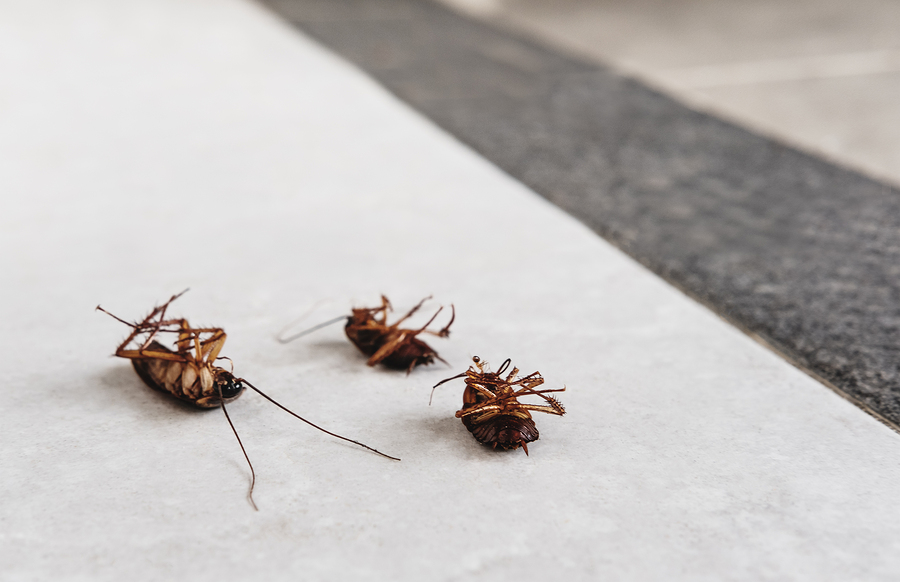
Roaches can vary significantly in size and color (some even fly!), so it can be difficult to know what kind of cockroach you’re dealing with. Identification is the first step in roach control since the type of roach will determine the best treatment methods. Here are the 2 most common cockroaches you’ll see in your home and tips for getting rid of and preventing them:
German roaches are one of the most common pest nuisances in residential structures, especially common in multi-unit apartment homes. They thrive in filth but even the cleanest homes can be at risk.
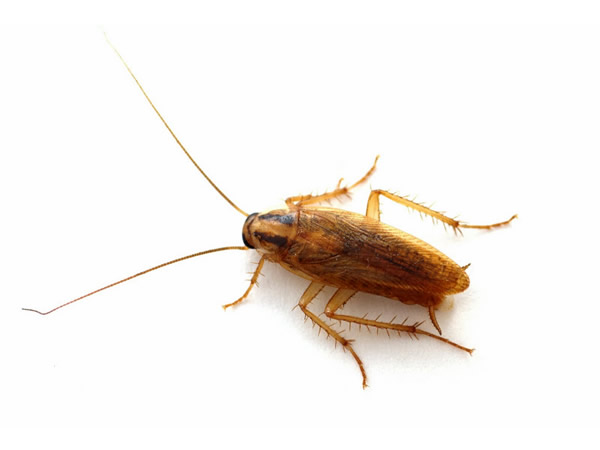
American roaches, also known as palmetto bugs or waterbugs, are large, sometimes fly, and usually only come indoors in search of warmth, food or water.
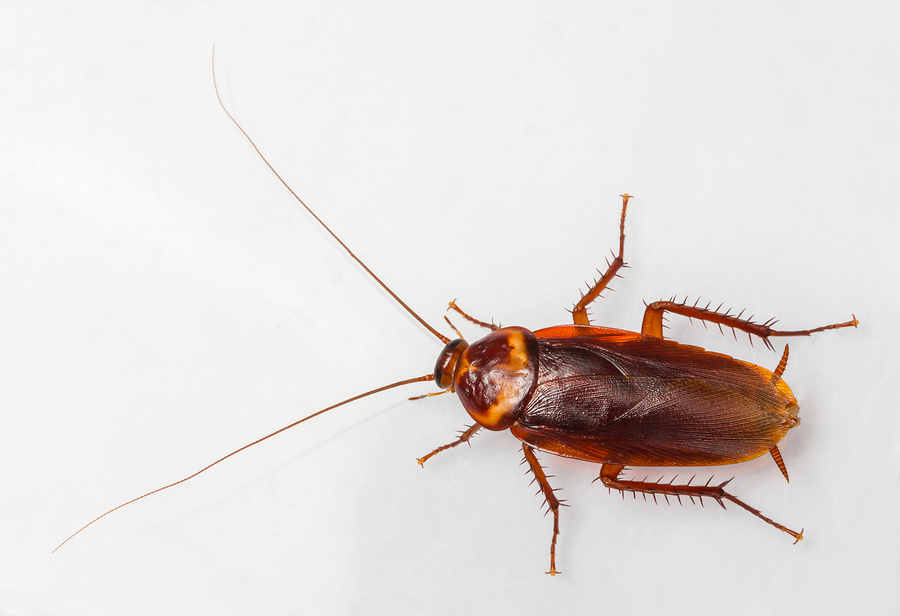

Roaches can vary significantly in size and color (some even fly!), so it can be difficult to know what kind of cockroach you’re dealing with. Identification is the first step in roach control since the type of roach will determine the best treatment methods. Here are the 2 most common cockroaches you’ll see in your home and tips for getting rid of and preventing them:
German roaches are one of the most common pest nuisances in residential structures, especially common in multi-unit apartment homes. They thrive in filth but even the cleanest homes can be at risk.

American roaches, also known as palmetto bugs or waterbugs, are large, sometimes fly, and usually only come indoors in search of warmth, food or water.

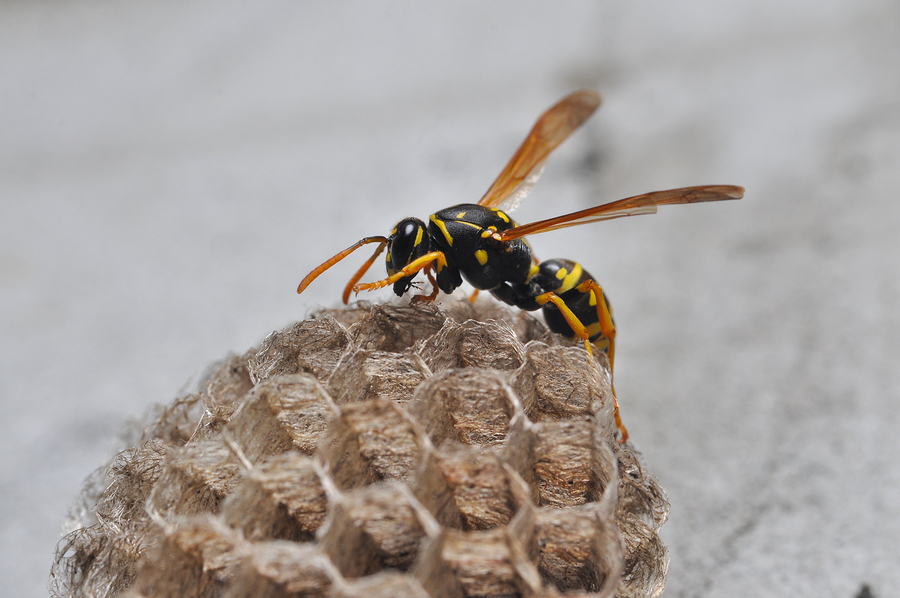
Paper wasps can be a nuisance during the summer. While they do not set out to sting intentionally, they will if they feel threatened. Their narrow bodies are most commonly dark brown in color, with black wings and yellow markings. Some even appear similar to yellow jackets in coloration. Here are some facts on paper wasps!
Removing a paper wasp nest can be a dangerous task. It is advised to proceed with caution if you encounter a nest and contact a pest control company to assist with the removal of the nest.